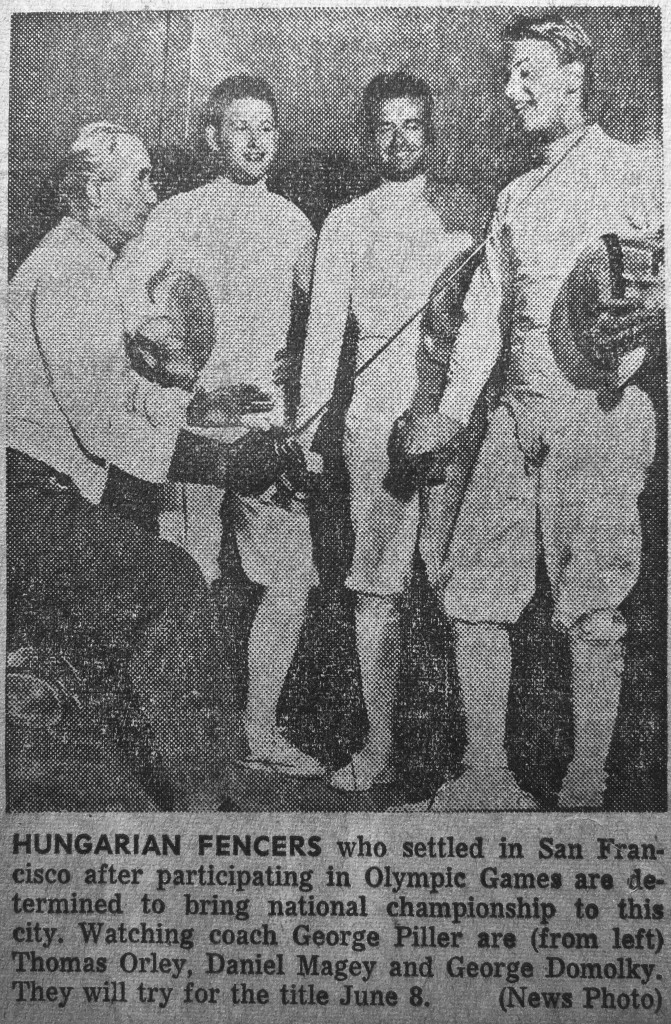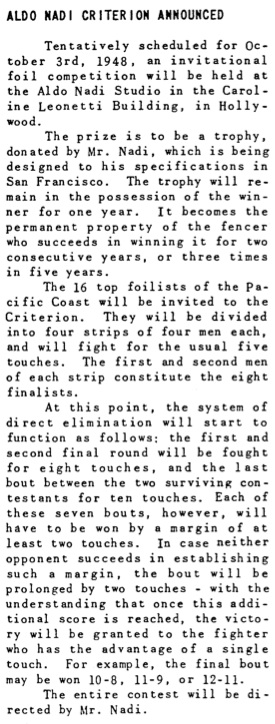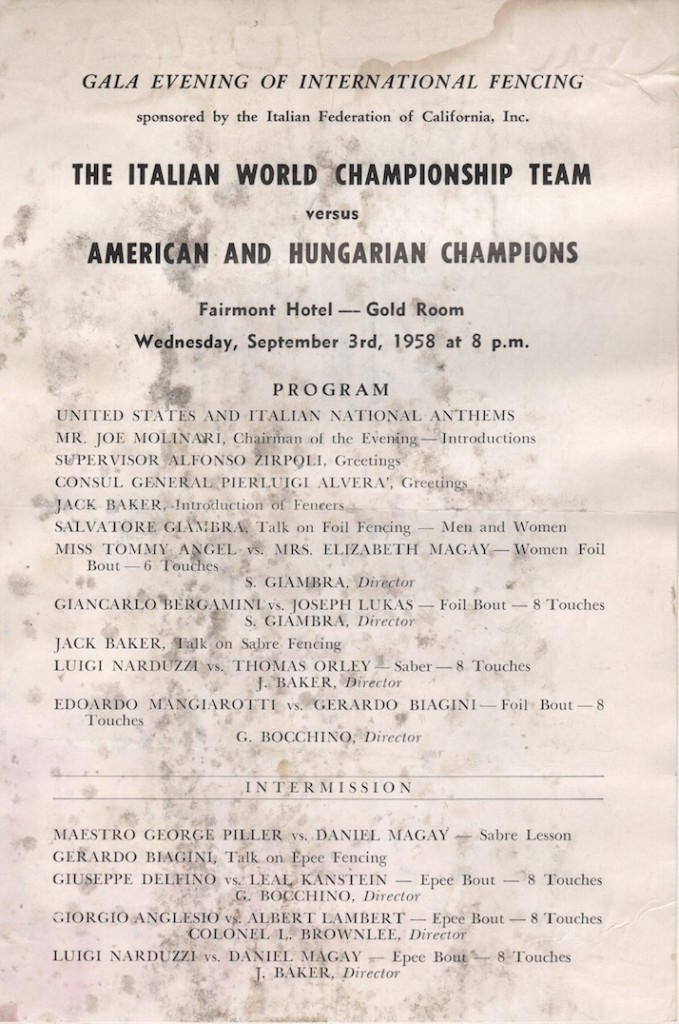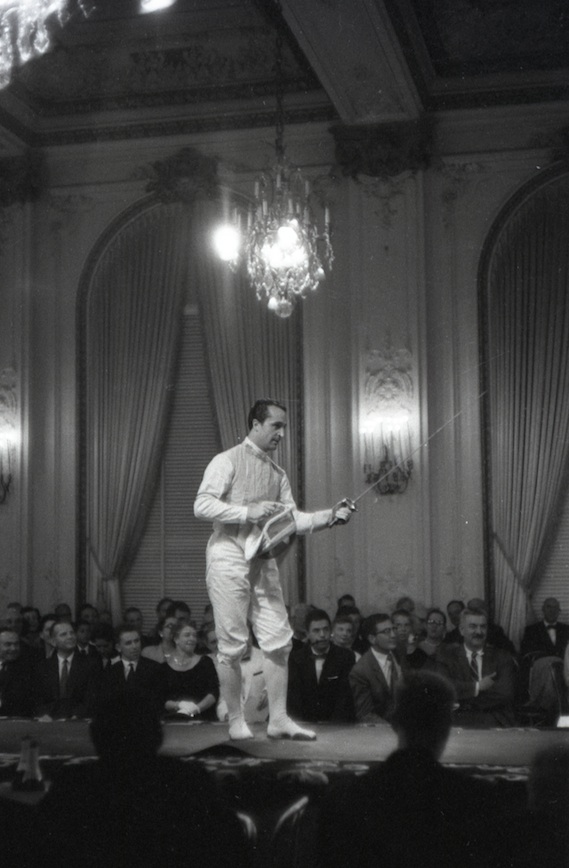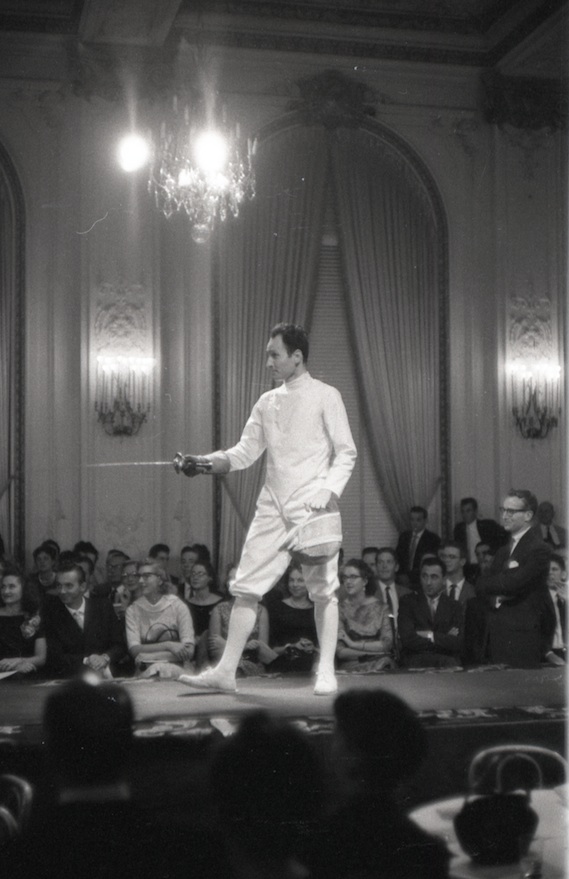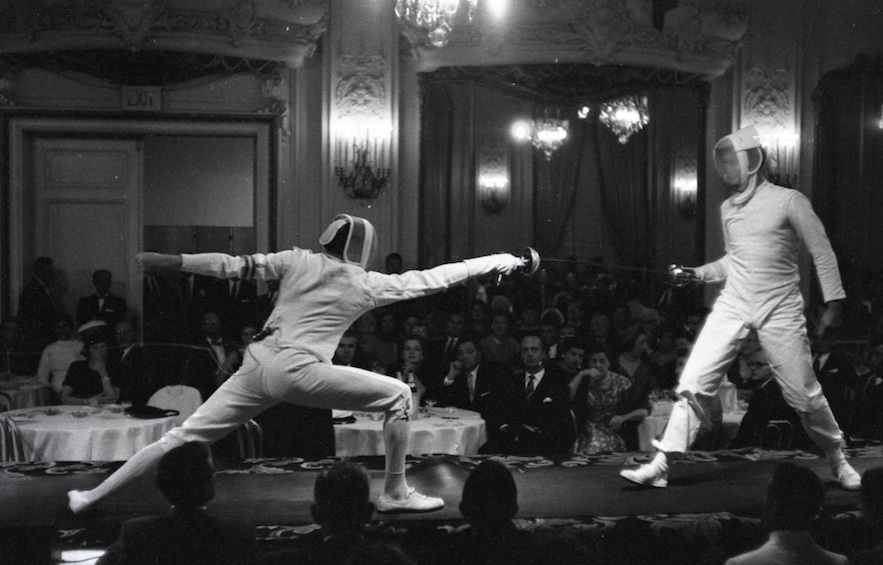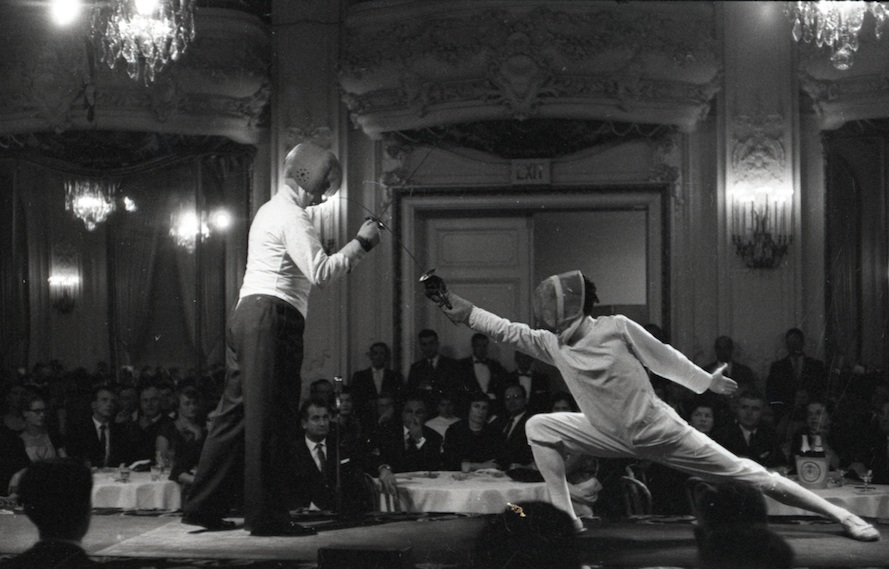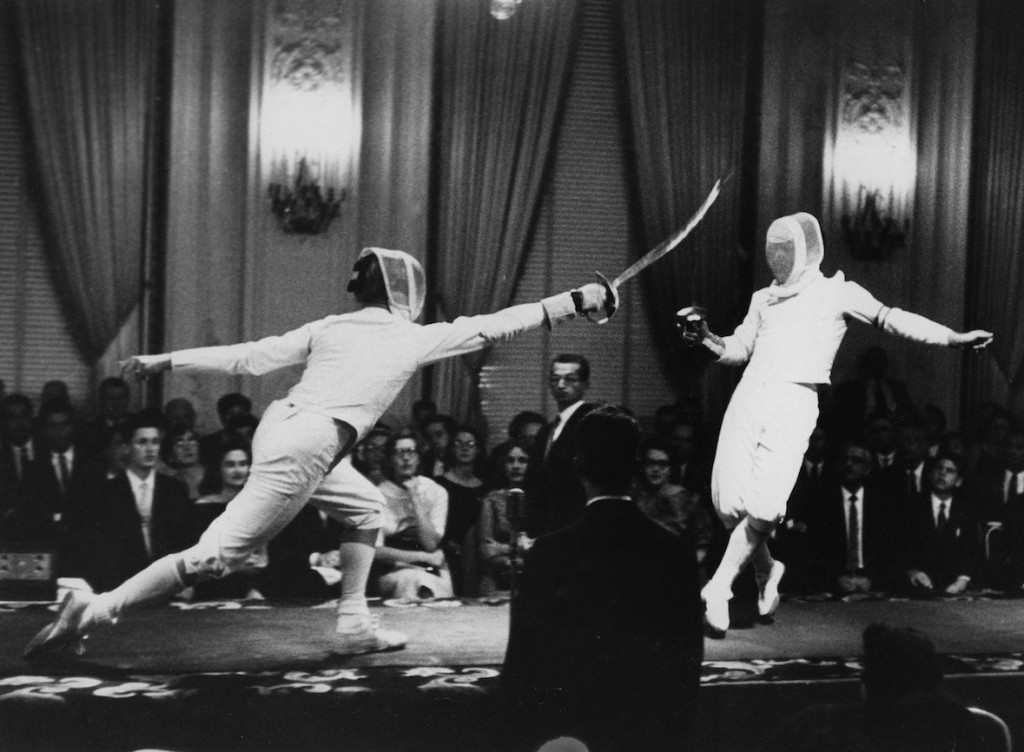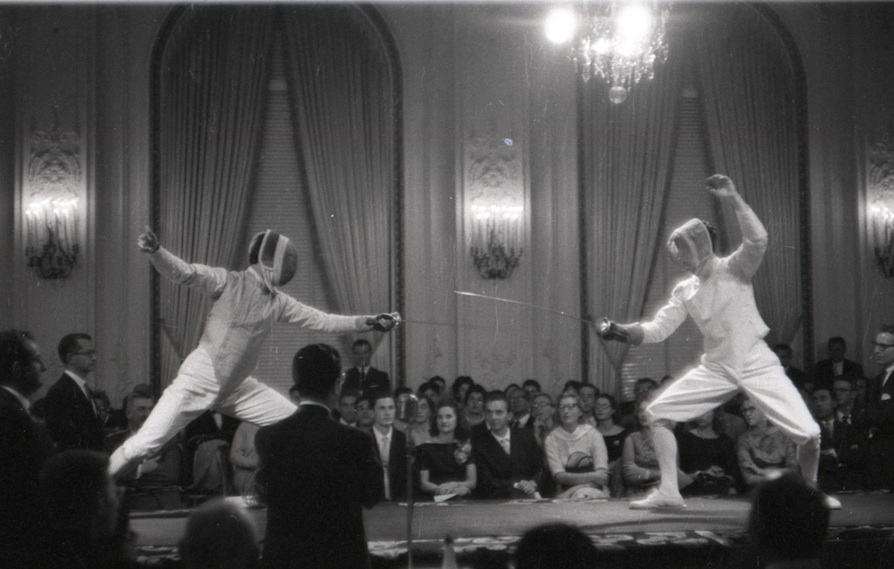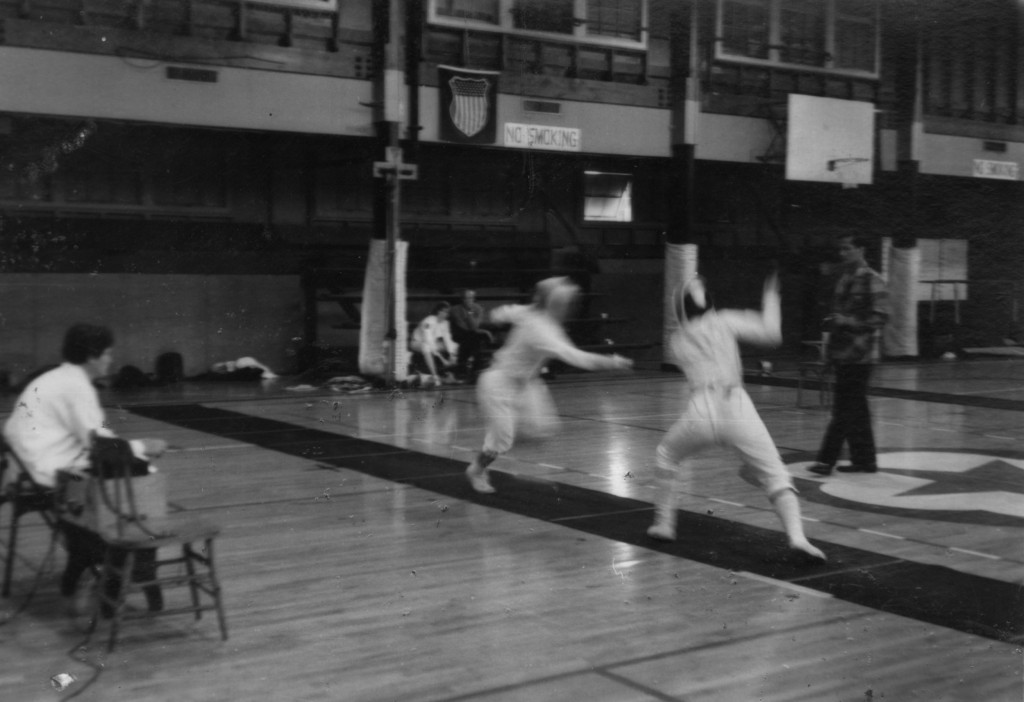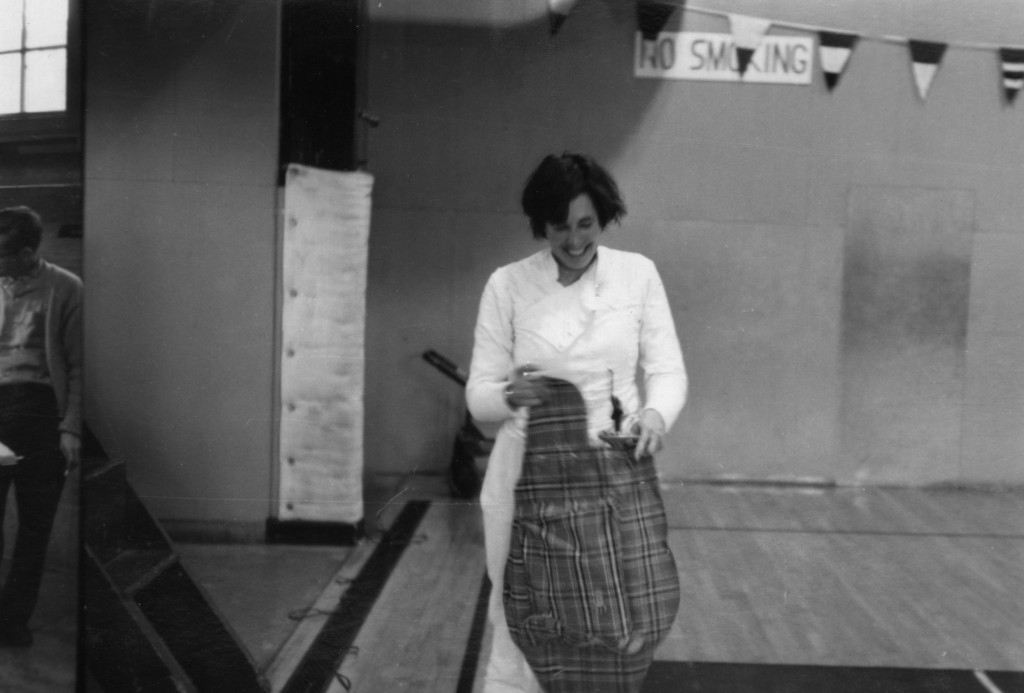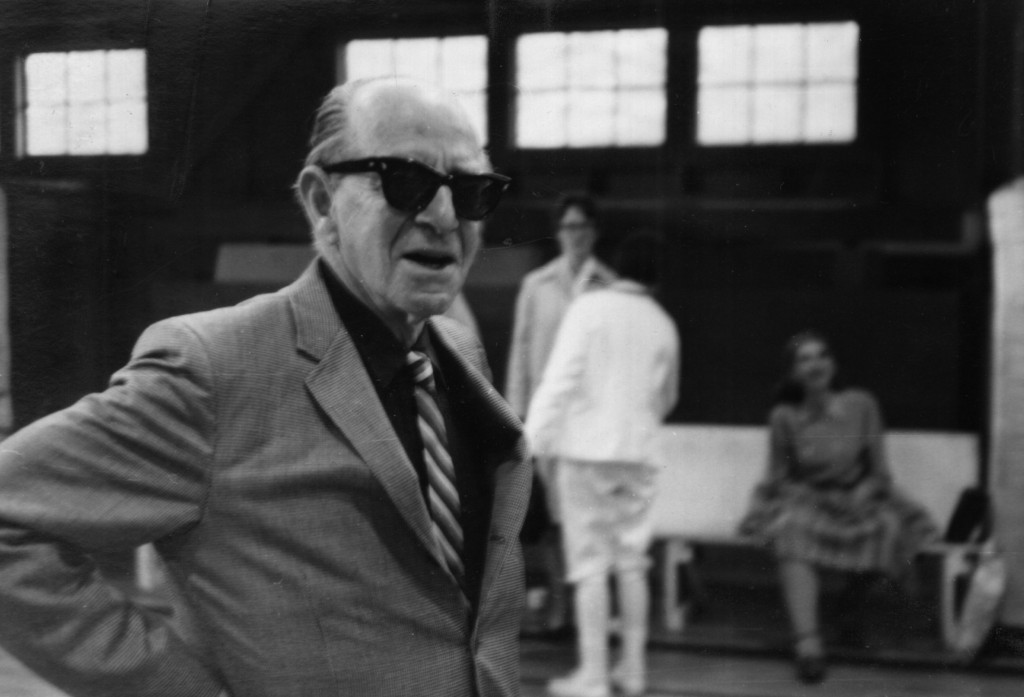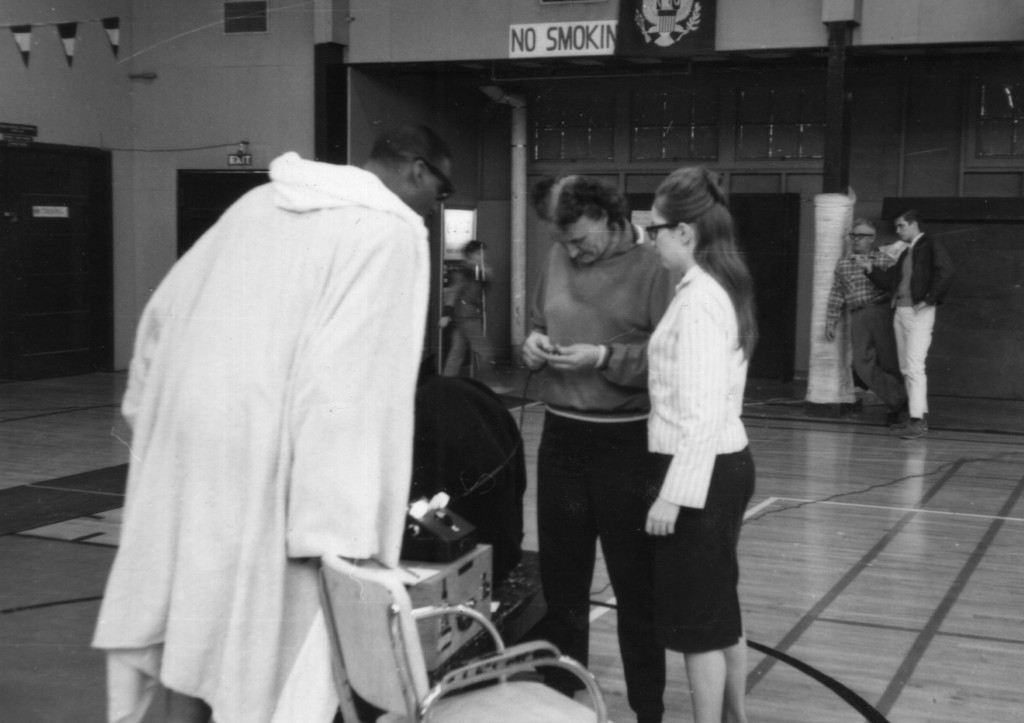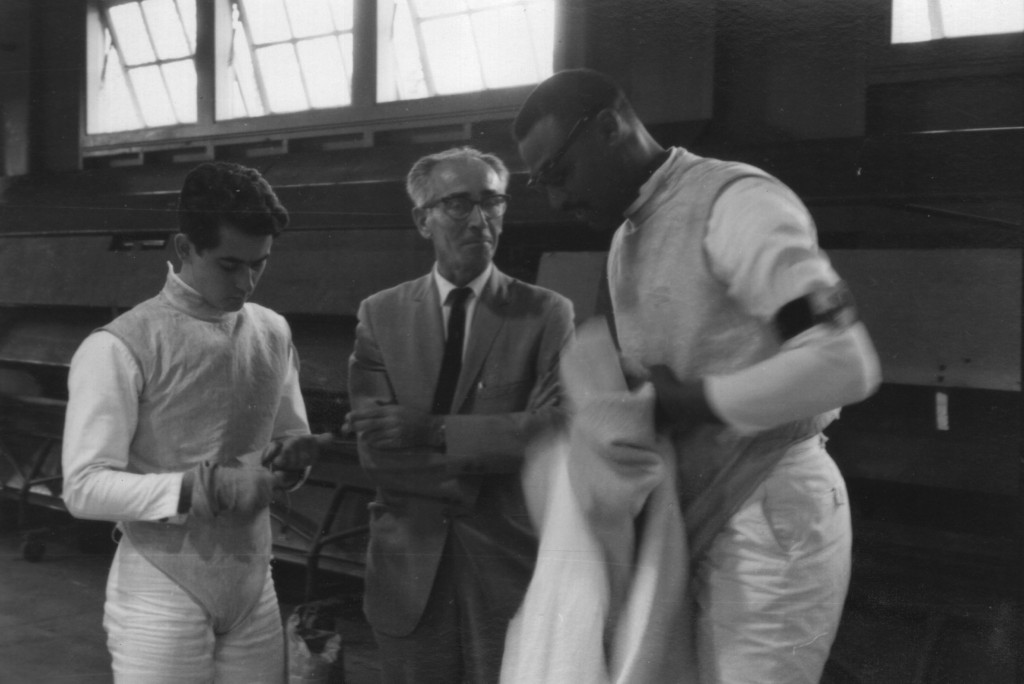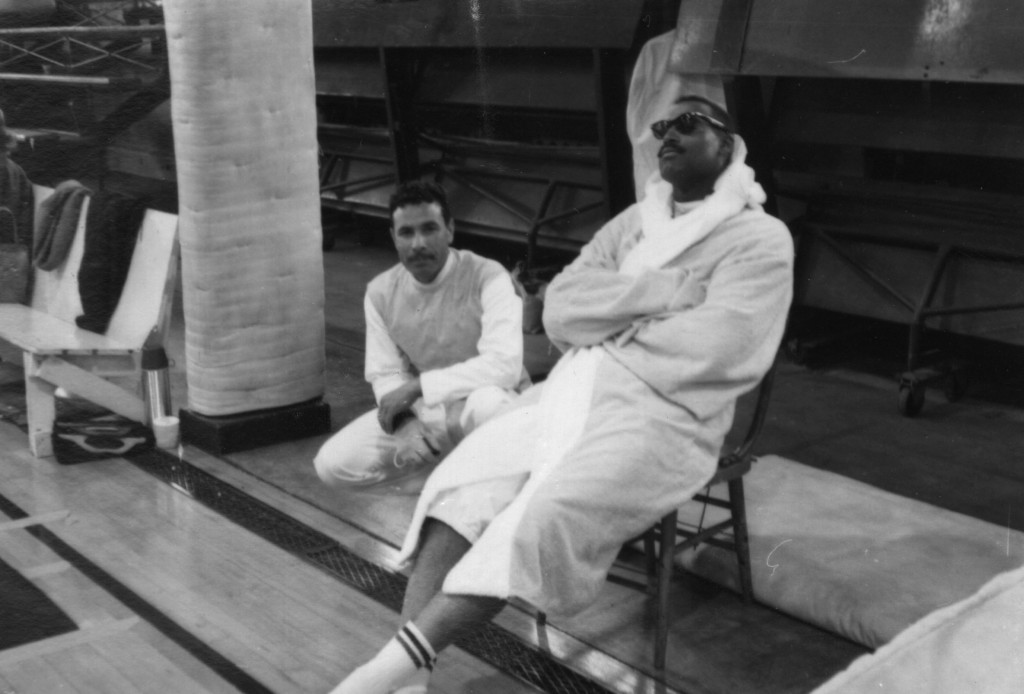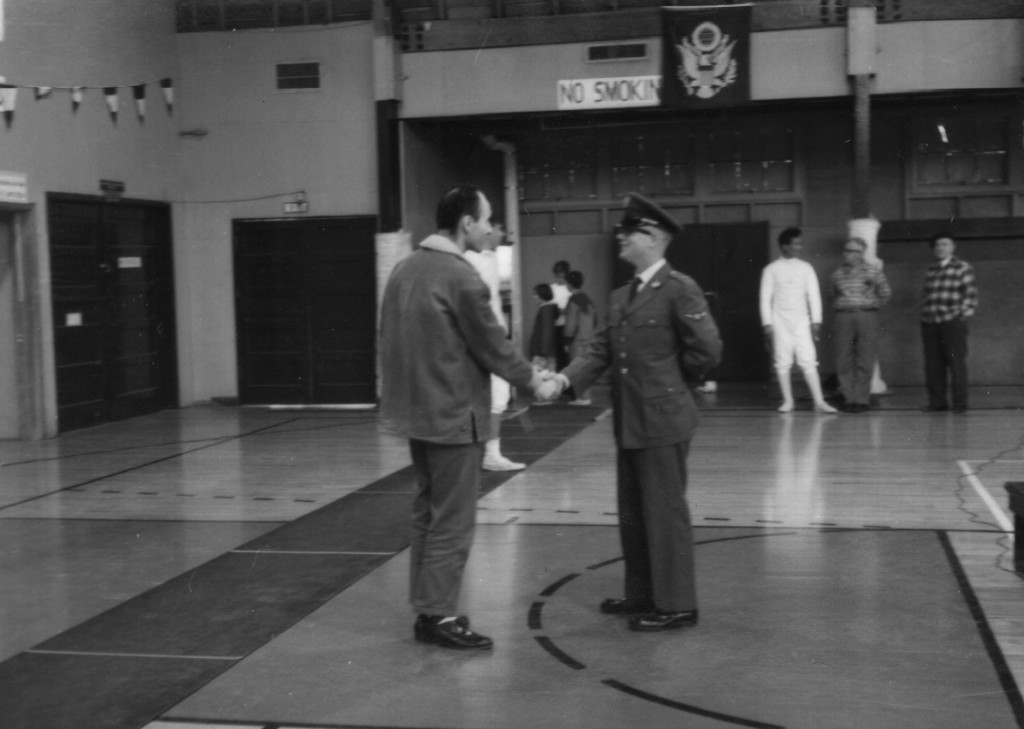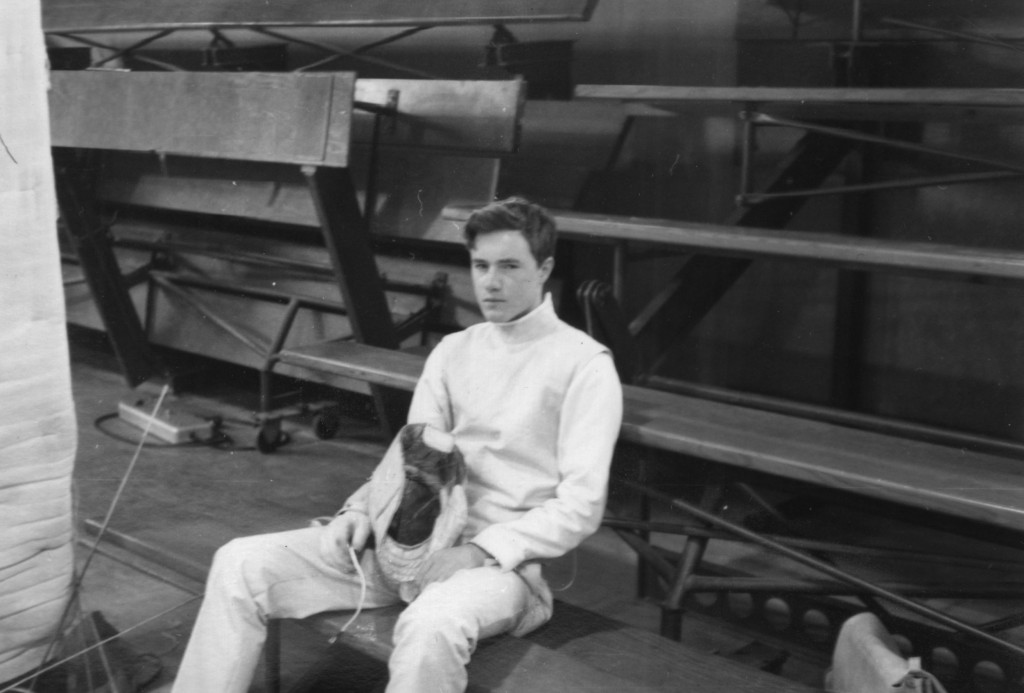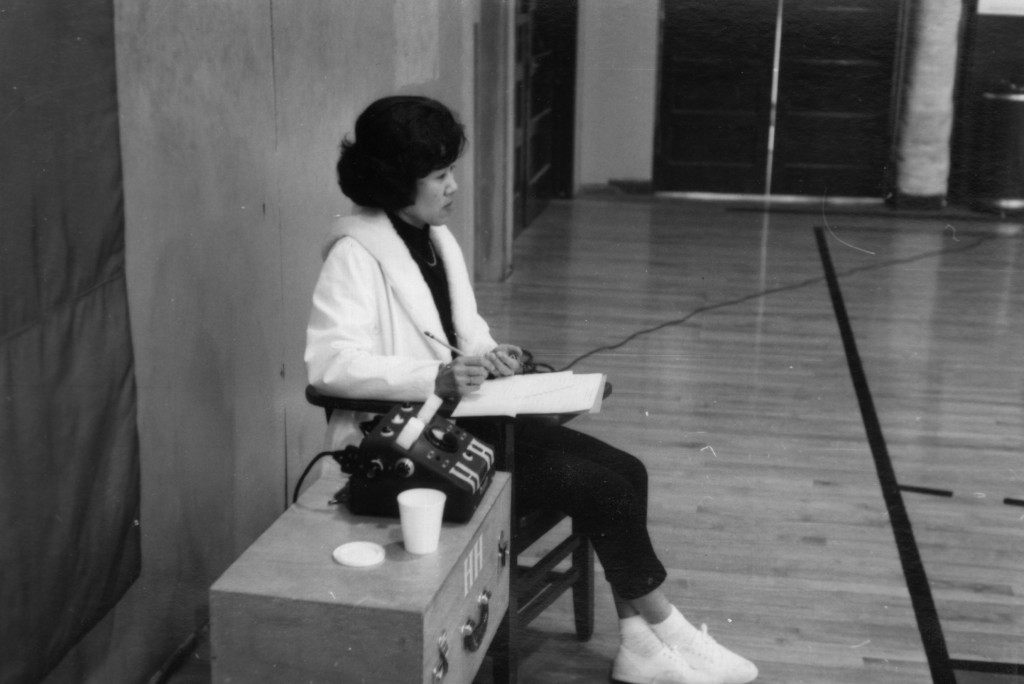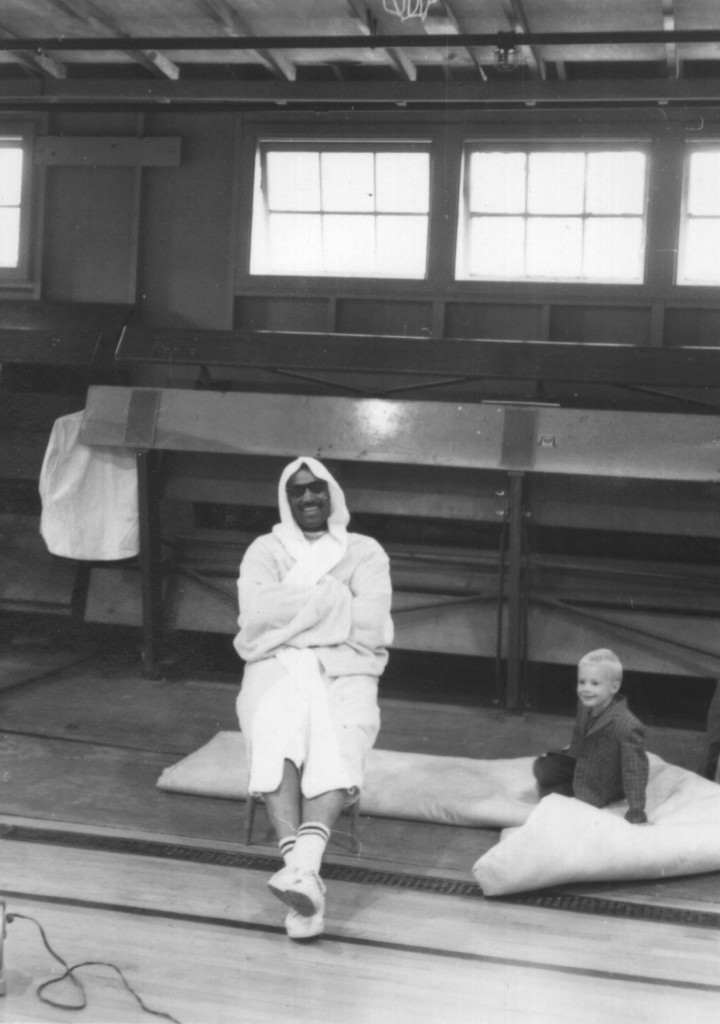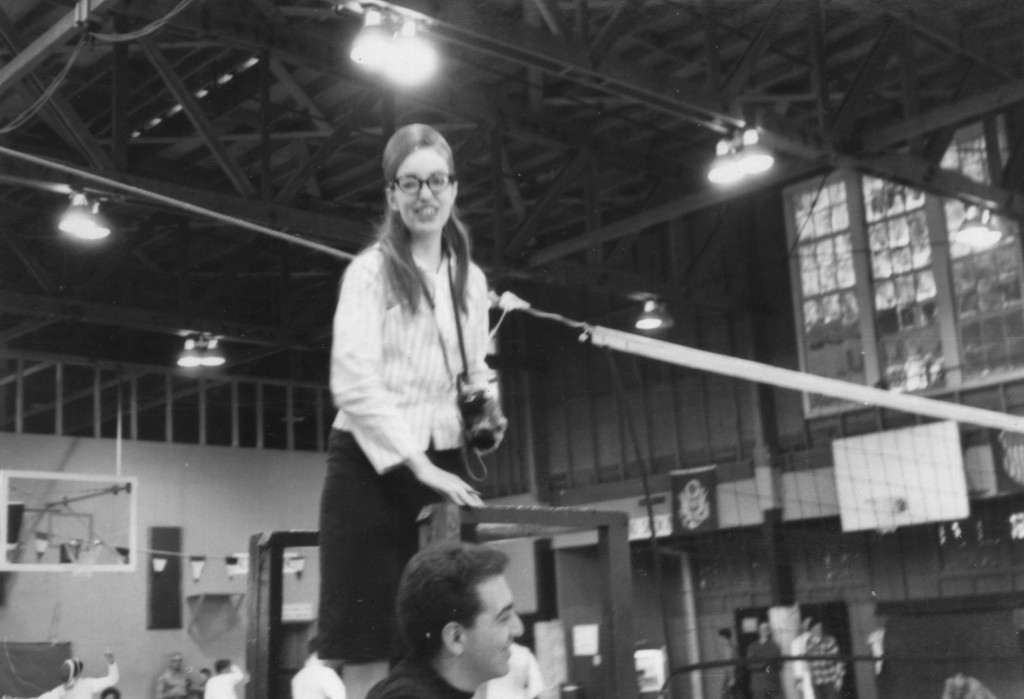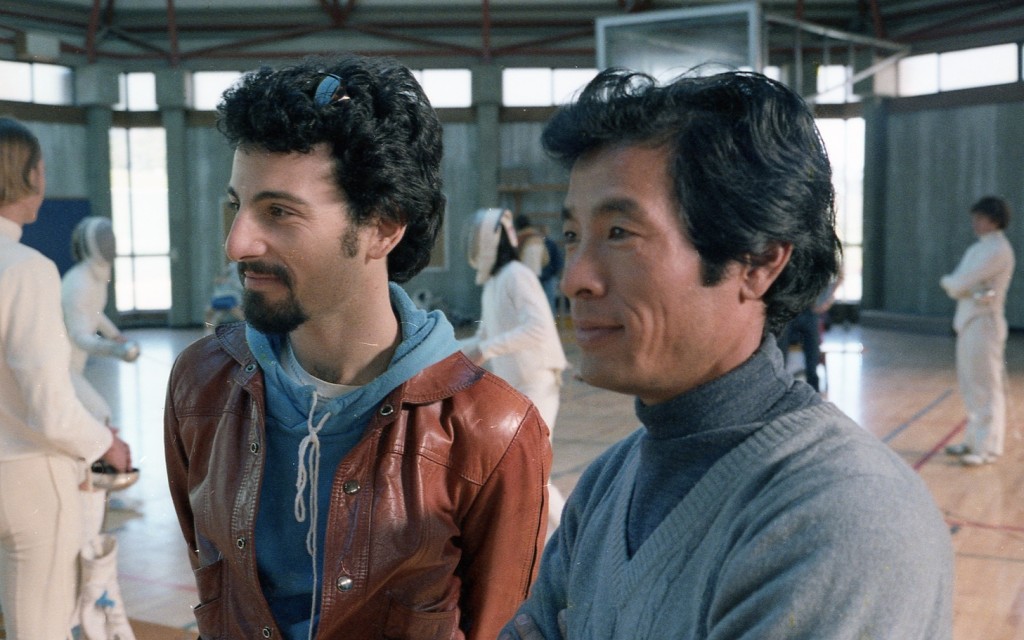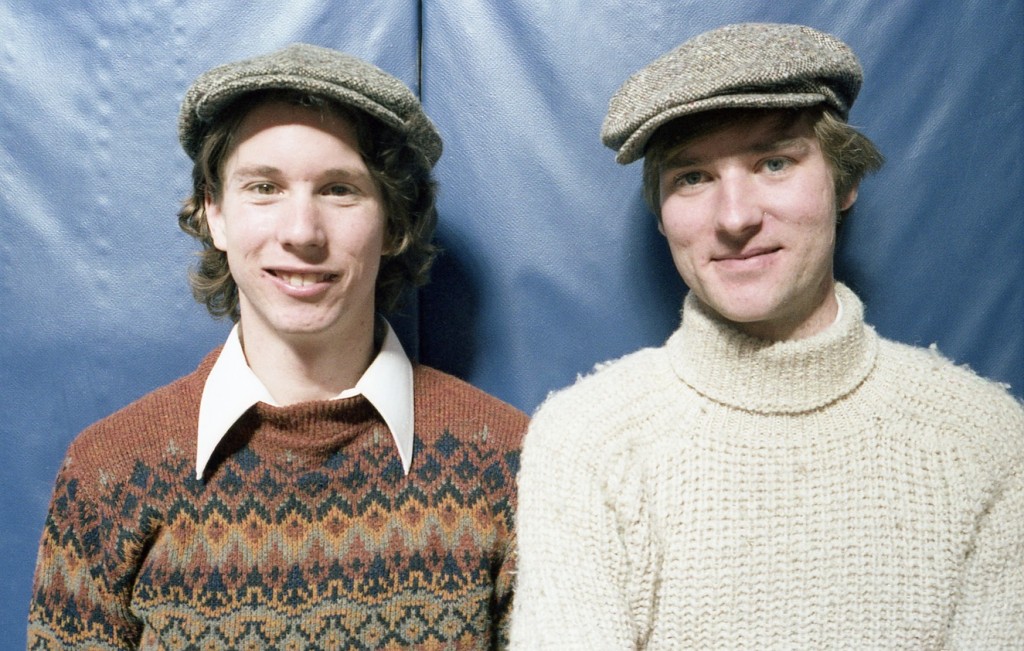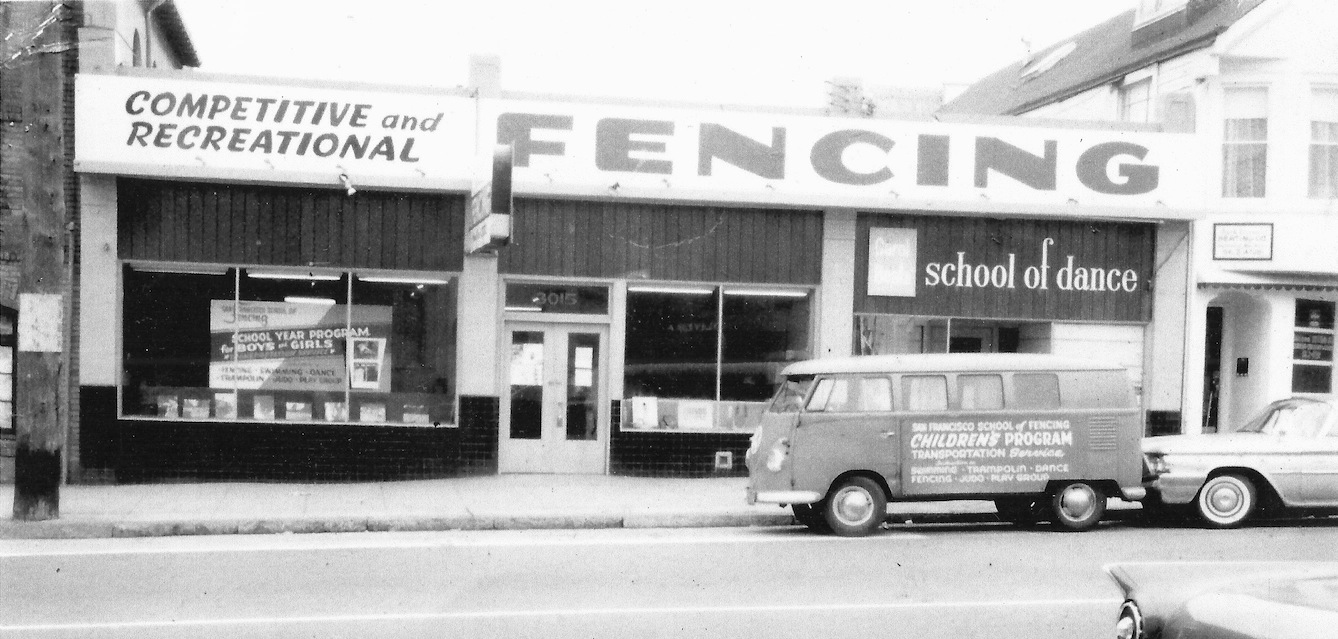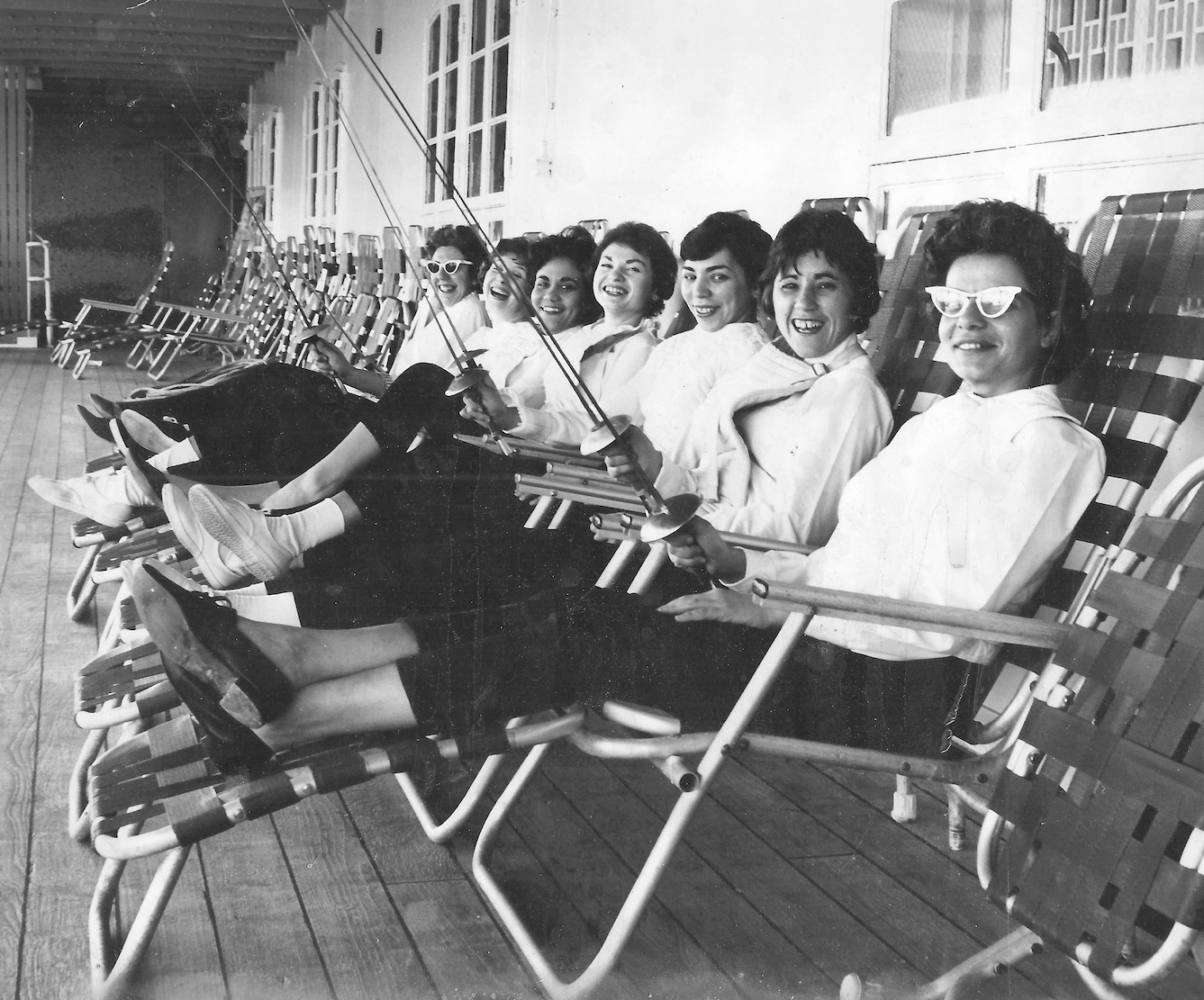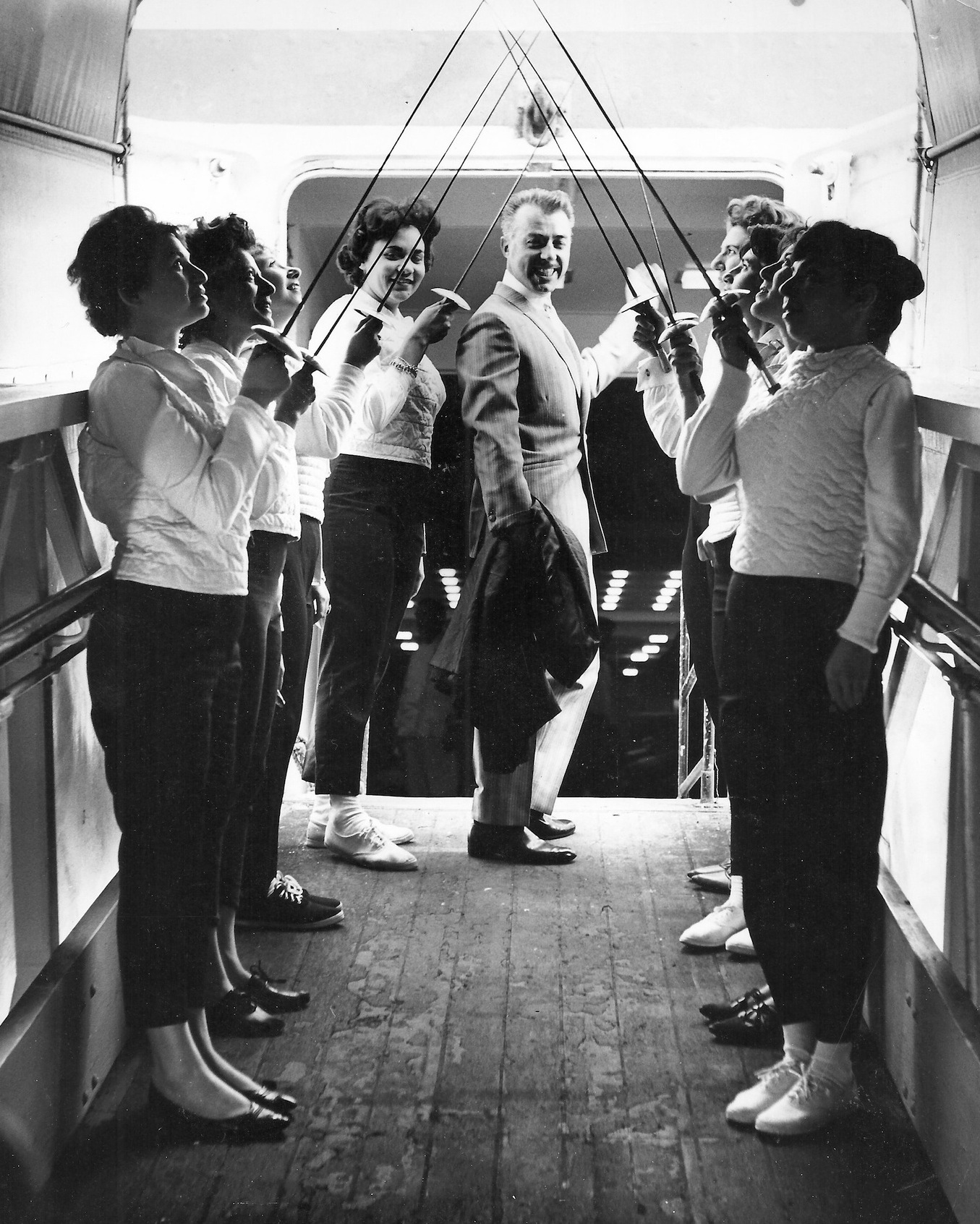Random Stuff
Trying out still more page formatsJust A Standard Page
Nunc et vestibulum velit. Suspendisse euismod eros vel urna bibendum gravida. Phasellus et metus nec dui ornare molestie. In consequat urna sed tincidunt euismod. Praesent non pharetra arcu, at tincidunt sapien. Nullam lobortis ultricies bibendum. Duis elit leo, porta vel nisl in, ullamcorper scelerisque velit. Fusce volutpat purus dolor, vel pulvinar dui porttitor sed. Phasellus ac odio eu quam varius elementum sit amet euismod justo. Sed sit amet blandit ipsum, et consectetur libero. Integer convallis at metus quis molestie. Morbi vitae odio ut ante molestie scelerisque. Aliquam erat volutpat. Vivamus dignissim fringilla semper. Aliquam imperdiet dui a purus pellentesque, non ornare ipsum blandit. Sed imperdiet elit in quam egestas lacinia nec sit amet dui. Cras malesuada tincidunt ante, in luctus tellus hendrerit at. Duis massa mauris, bibendum a mollis a, laoreet quis elit. Nulla pulvinar vestibulum est, in viverra nisi malesuada vel. Nam ut ipsum quis est faucibus mattis eu ut turpis. Lorem ipsum dolor sit amet, consectetur adipiscing elit. Maecenas nunc felis, venenatis in fringilla vel, tempus in turpis. Mauris aliquam dictum dolor at varius. Fusce sed vestibulum metus. Vestibulum dictum ultrices nulla sit amet fermentum.
Daniel Magay, Part 1
Daniel Magay was a member of the Olympic Gold medal winning Hungarian sabre team at the 1956 Melbourne games. Along with many other Hungarian athletes who wished to escape re-occupation of Hungary by the Soviet Union, which happened while the Olympics were underway, he chose to come to the United States on a plane chartered by Sports Illustrated magazine.
The Hungarian sabre team, awaiting the presentation of the gold medals. From front to back, Aladar Gerevich, Pal Kovas, Rudolf Karpati, Jeno Hamori, Daniel Magay, Attila Keresztes.
Magay won the US National sabre championships in 1957, beginning a period of domination by former Hungarian nationals. In 1957 he also won team sabre, with friends Tomas Orley and George Domolky, with the great George Piller as coach. Magay went on to win two more national sabre titles (1958, 1961), another team title in 1961, then retired from competition in 1966 after taking the silver at Nationals for the second time (1962 was the first). He went on to have a distinguished career as a chemical engineer at the Raychem Corporation in Menlo Park, CA.
Although our perception of the sport of fencing may be different today, Daniel Magay’s father wished him to try fencing to introduce his son to a ‘macho’ sport. Born in Szeged, young Daniel’s introduction to the sport was with Eduardo Armentano, one of the many Italian-trained fencing masters who made a career in Hungary.
Eduardo Armentano
Unlike some, Armentano maintained the strict Italian traditions that had, especially in the sabre, been supplanted by the more modern Hungarian style. Daniel came next under the tutelage of Ferenc Marki, who had trained at the famed Toldi Miklos school under Laszlo Borsodi and Alfred Gellert. After a period of un-learning, Magay began to excel in local competitions. This also provided opportunity for Magay and his family who were out of favor with the communist government. Prior to the coming of the communists, the Magay family had been wealthy aristocrats. All that changed under the new regime and the family had to struggle to stay alive. Jobs for the adults were for menial tasks and advanced education for the children was out of the question. For Daniel, fencing provided an opportunity to survive.
His competitive results began to gain him notice as early as 1948 at the age of 16. He was included in a few international competitions and eventually selected for the 1954 World Championship sabre team, winning team gold in Luxembourg. Prior to the selection of the team for 1956, Magay and the other top fencers were brought to Budapest for training.
Training for the Olympics. Magay is 3rd from the top.
There, Magay trained along side all the great Hungarian sabre champions, as well as the younger fencers who looked to unseat reigning team members to gain a place on the squad for Melbourne. Three of the experienced members (who had never won individual gold) had to make way for the most promising youngsters, who were expected to continue the Hungarian domination in sabre.
Standing: Far left, Tomas Orley; 3rd from left, Jeno Hamori, then George Piller, Daniel Magay and Attila Keresztes. These four fencers combined, leaving Piller as coach aside, won 7 US National sabre individual championships.
The Hungarian sabre teams during this period absolutely dominated world competition. How dominant? From 1928 through 1956 they won individual and team gold at every Olympic or World Championship in which they participated. (At the 1929 Worlds no team event was held. All events were suspended from 1937 to 1947, and Hungary did not participate in 1949 & 1950 due to lack of funds.) Every. Gold. Medal. Twenty three different fencers participated in the winning of those medals in that period.
In such an environment, the daily training regimen pitted the best 15 to 20 sabre fencers in the world against one another. But another task altogether was finding the sweet spot for the Olympic team. And clearly the Hungarians shifted squads around for various international competitions, including the World Championships. In 1954, Daniel Magay was included on the World Championship team, where he helped with the team gold and made the individual final. For the 1955 Worlds, Magay was held out, but Hamori and Keresztes were dropped in. Thus, by the time the 1956 Olympic team selection was to occur, these three younger fencers were physically ready for the challenge, and tested in the heat of international competition.
In this way, the Hungarian hegemony of domination in sabre was well assured. The expectation was that, after 1956 at least two of the old guard could retire – Aladar Gerevich had been on the squad since 1931 and Pal Kovacs since 1933. Rudolf Karpati, a relative youngster, came on board in 1948. Another teammate, Tibor Berczelly, who had individual silver and two bronzes, had been on the team since 1935. In addition to Magay, Hamori and Keresztes, there was an even younger group in preparation, due to the advent of the Junior World Championships, held for the first time in 1954. The Hungarians dominated the sabre scene at that event as well, taking gold in ’54, ’55 & ’56 with 3 different fencers and having two of the three medals going to Hungary each of these years.
All of this planning and strategizing came to a crashing halt in 1956 when the Soviet tanks stormed into Budapest while the Olympics were underway in Melbourne, Australia. Magay, Hamori, Keresztes and Tomas Orley, one of the Junior World Champions, all left Hungary for the US. Gerevich, Kovacs and Karpati all remained on the team through another Olympic cycle – and a team gold.
News article from 1957. This group of expats won the gold medal in team sabre at the US Nationals. Magay took the individual gold and Orley the bronze.
Of the fencers who settled in San Francisco, positive changes came swiftly. Orley and Domolky attended Stanford, Magay went to Cal. The San Francisco Hungarian community rallied to support Piller and opened the Pannonia Athletic Club and installed Piller as coach.
Much more on this topic ahead!
The Fencer, part 1
I’ve seldom run across a document that is so thick with interesting historical tidbits, but the low-tech mimeographed California-based fanzine called “The Fencer” is a highlight of its kind. I was fortunate to borrow a bound, complete edition of the entire run from Harold Hayes, that excellent gentleman, who hails from Pacific Fencers Club in Alameda, CA. He had been given the book by Charlie Selberg, and Charlie had been given it by Arthur Lane, who was one of the mainstays behind the publication. The Fencer ran from March of 1946 until September of 1948, and it included tournament results, club reports, stories of trips to tournaments, post-war reports on former soldiers returning to the local fencing strips, letters, opinion articles and advertisements for clubs, equipment and portrait photography. I have to assume the last was run by a fencer. Toward the end, there were even a few photographs, but mimeograph (http://en.wikipedia.org/wiki/Mimeograph) reproduces pictures only very poorly.
The magazine includes writing or reference to most of the significant players on the West Coast at the time. Helene Mayer writes about the results of a Women’s Foil Open. (She won.) Ralph Faulkner writes a post-Pacific Coast Championships letter of congratulations and thanks to the Nor-Cal participants and winners, specifically referencing Hans Halberstadt, with the hope Hans will see his letter if he ever looks up from counting all the medals his fencers accumulated.
The tone of the letters and articles are unfailingly polite, sometimes funny and self-deprecating, and filled with encouragement to fencers – sometimes very specific encouragement – of any and all of the clubs in the area.
A couple of the more intriguing articles are opinion pieces written by Aldo Nadi in 1948 and I plan to include them in their entirety at some point soon. For now, I thought the following items might be of interest.
First, a pair of ads from 1948:

In the first, you see the reference to Caroline Leonetti (later Caroline Leonetti Ahmanson) who ran a modeling agency in Hollywood. She started her career as a fashion consultant and was in demand for radio and television appearances.
I do not know the particulars as to why her name was dropped from the ad for Nadi’s salle, nor even why it was included in the first place. One assumption might be that she assisted Nadi in getting his own salle after he left the Hollywood Athletic Club, where he taught for some time. Leonetti was a successful businesswoman, but the level of assistance she may have lent to Nadi is a question mark I’ll try to solve.
Above, from the June, 1948 edition, is the announcement for the Aldo Nadi Criterion. Alas, the magazine stopped publication in September, 1948, so I haven’t the results from October of that year to report on who took home the trophy.
Finally, for now, this photograph:
This was taken at the 1948 Pacific Coast Championships. Halberstadt’s fencers, both from his namesake club and San Francisco’s Olympic Club, where he also taught, did pretty well at the ’48 PCC’s. I have to assume that Nadi and Halberstadt knew one another from their earlier lives on the European fencing circuit. Halberstadt was on the bill of a 1929 fencing exhibition in Italy that included Aldo’s brother Nedo, so it seems entirely likely the two had met before each had settled into life in California, Hans in San Francisco and Aldo in Los Angeles.
The Fairmont Exhibition, 1958
The Fairmont Hotel in San Francisco is perched at the top of swanky Nob Hill. One of the premiere hotels in the city, it opened in 1907 after an extensive refurbishing of the damage done by the 1906 earthquake to the about-to-open Beaux-Arts building. Famed architect Julia Morgan was responsible for the post-quake remodel and the hotel remains a San Francisco institution, not least due to the Tonga Room tiki bar where you can get a fairly stellar mai-tai.
In September of 1958, in the Gold Room at the Fairmont, a fencing exhibition sponsored by the Italian Federation of California was held at 8pm.
The evening’s program
By 1958, the Hungarians who had defected or emigrated to the US and the Bay Area after the failure of the Hungarian Revolution of 1956 had settled down to lives, schools, jobs, and were having a significant impact on the fencing up and down the west coast. George Piller was teaching at the Pannonia Athletic Club on Polk Street in San Francisco. Daniel Magay was attending Cal, where Piller also taught. Tomas Orley and George Domolky were at Stanford. These three fencers won the US National Sabre Team championship in 1957 and Magay was individual sabre champion in both 1957 and 1958.
A match with this group of Italian fencers would have been a memorable treat. Luigi Narduzzi was on the Italian Olympic team of 1956 – and was overwhelmingly the “weak” link. The other four, Giorgio Anglesio, Giuseppe Delfino, Giancarlo Bergamini and Edoardo Mangiarotti were all Olympic gold medalists of one sort or another. Indeed, Mangiarotti was one of the most decorated competitive fencers of his – or any other – time.
Eduardo Mangiarotti, ready for his foil match against….
…Gerard Biagini of San Francisco.
John McDougall, founder of American Fencers Supply and numerous fencing clubs, photographed the event and – thank heavens! – kept (most of) the negatives!
Giuseppe Delfino vs Leal Kanstein
Gyorgy “Uncle George” Piller gives a demonstration of a foil lesson to Gerard Biagini
Listed on the program were both Orley and Magay, but in my conversations with Magay, he had no recollection of this particular event. That, coupled with the photographic evidence, I’m not certain who all may have participated in the sabre bouts. What we do have is this:
George Domolky attacks Luigi Narduzzi
The above is a scan from a print, not from the negative (which appears to be lost,) and the caption on the back is “Domolky versus Narduzzi” in John McDougall’s hand. Plus, I have this image:
George Domolky and Luigi Narduzzi
It’s always handy to have pictures of fencers with their masks off, to be able to attempt a guess at who’s who. Nowadays people have their name on the back of their jacket or lamé. Much easier.
Finally, a great shot of one of the foil matches.
Eduardo Mangiarotti versus Gerard Biagini
The Gold Room at the Fairmont. What a great venue!
1964 Letterman Open Foil
Harold Hayes of The Pacific Fencing Club on Alameda Island, Oakland, CA has been a generous contributor of cool things for the Archive. Among other things, he transferred possession of two long boxes of material he received from Mary “Demi” Huddleson, past editor of American Fencing magazine. Demi was an abiding fixture in Nor Cal fencing for many years and donated a great deal of time and energy into promoting fencing, locally and nationally.
As a firm believer in ‘a picture is worth a thousand words’, I searched through the boxes for photos that might be interesting – not that I let any escape my clutches, mind. The below group caught my eye, not because of any particular significance of the tournament they document, but because the photographer was clearly more interested in the people over the action. There is only one action shot; the rest are of the participants and spectators. That’s the kind of thing I love best, especially in older photos. I’ve become much more intrigued by ‘who’ over ‘where’ or ‘when’. (Although as an Archivist, I also like ‘when’ a great deal…) These, fortunately, were dated. Only one picture, but “1964 Letterman Open Foil” in pencil on the back of one was enough to date and place the group of images.
The Letterman Gymnasium was located in the San Francisco Presidio, very close to the southern end of the Golden Gate Bridge. Long the home of the Letterman Fencers Club where Dr. Bill O’Brien taught, it was the sight of many, many fencing tournaments over the years.
There are a few folks in these pictures I have yet to identify. If you see someone you recognize, drop me a note!
The one ‘action’ shot.
Demi Huddleson with a stylish plaid fencing bag.
Hans Halberstadt.
Jim Green overlooking the efforts of Maxine Mitchell. The third person is unknown.
Jack Baker, fencer and administrator of the Nor Cal division for many years.
Unknown on the left, then Ferenc Marki and Jim Green
Unknown on the left (possibly Severo Pasol) and Jim Green in the shades.
Gerard Biagini getting a handshake from a Presidio officer.
Unknown foilist.
Unknown scorekeeper.
Jim Green relaxing in the kids play area.
An unknown photographer. Presumably not the one who took these photos. She is the same person who is noted above with Jim Green and Maxine Mitchell.
1979 All Cals
The 1979 All Cals (as in, All of California) took place at the West Field House at the University of California, Santa Cruz. It was a collegiate competition for a conference that was in the process of dwindling as funding for fencing programs across the state were getting the axe in favor of… well, I’m not sure anyone could really explain where what little money went into fencing programs went after fencing teams were eliminated. By all indications, 1979 was probably one of the last All Cals of a fairly significant size.
Since all the photos here came from Charlie Selberg, there is the entirely natural occurrence that most of the photos are of the Santa Cruz contingent. However, some of the coaches in attendance also got some coverage. For instance:
Rob Handleman and Heizaburo Okawa
Zoltan Von Somogyi, the Hungarian-born coach at UC Santa Barbara. I know next to nothing about this gentleman. Anyone out there with a story or two? Drop me a note!
Charlie Selberg, rockin’ the “Geezer Power” t-shirt. His own design.
George Platt and Marlowe Hood
Marlowe Hood, Ted Clark and Ted Pryor, rockin’ the shirtless look. Added bonus, the list of schools in attendance. Thanks, chalkboard!
The Buchwald Open #1
Alan Buchwald, if memory serves, sponsored The Buchwald Open in honor of his grandfather. While not a fencer, Alan said his grandfather would have appreciated the energy of the fencing. I don’t know if Alan’s grandfather was from Santa Cruz, but that’s certainly a very Santa Cruzian sentiment, so I’ll imagine that he was. (He was from Austria) The first of this series – it was held for five years – was held at Cabrillo College. Not a terribly strong field, the photos, taken by my brother Garry, at least show off very clearly ‘how we did things in the ‘80’s’. This series of three shots should show you what I mean:
I’m fairly certain that current foil rules have specificity regarding ground fighting.
Although, some folks got things right:
Terry Cohen, a Cabrillo fencer, attacking Steve Goldbeck from San Francisco.
Chalkboard for full disclosure.
Each year, Alan provided a sword for the winner and kept a perpetual trophy.
…and he still has that perpetual trophy! Thanks Alan!
Tomas Orley

Tomas Orley was one of the leaders of the student protests that sparked the Hungarian revolution of 1956 that eventually saw Soviet tanks storm into the country and forcibly return the control of the country to communist hands. The 1954 Junior World Sabre Champion, Tomas Orley had been training with members of the Olympic team prior to the start of the revolt. He fought the Soviets until he was out of ammunition. Along with another fencer, Csaba Gall, Orley escaped Hungary while the Olympics were underway, crossing the border to an Austrian refugee camp. His story was one of many made public through the International Rescue Commission that was assisting refugee Hungarians in starting a new life outside their native country. Hearing of Orley’s story, Ralph Edwards, host of the television show “This Is Your Life”, offered up the funds for travel expenses to the US, as Tomas had an uncle living in Torrance, CA.
Orley appeared on “This Is Your Life” on Dec. 26, 1956, just 4 days after arriving from Austria. Daniel Magay and Attila Keresztes, two good friends from Hungary, also appeared. They had been good friends with Orley in Hungary and had been among the 30 Olympic athletes in Melbourne that defected to the US after the conclusion of the 1956 Games.
Keresztes and Orley in Hungary
They had arrived in San Francisco from Australia. Upon arrival in San Francisco they were approached by a man speaking rapidly in English, and the only words they understood were “Orley” and “Hollywood”. Eventually, it was understood that Magay and Keresztes were invited to appear on the show as surprise guests. Along the Magay, Keresztes, Orley’s uncle, aunt and cousin from Torrance, the show also brought in Csaba Gall from Austria, and Orley’s two older brothers, one who lived in La Paz, Bolivia and the other who lived in Perth, Australia. (What was the travel budget for that show?) Orley, for appearing on the show, also received a rack of suits and a set of appliances. John McDougall, who attended Stanford University and fenced with Orley, said, “Tomas was the best dressed student at Stanford. He had closet full of suits from the show, a gold watch and a whole bunch of kitchenware. He was the only student I ever knew whose apartment had all the latest appliances.” Orley went on to win team sabre at Nationals in 1957 alongside Magay and George Domolky, another Hungarian expat.
US National sabre team champions, 1957
Orley getting advice from Gyorgy “Uncle George” Piller at the 1958 National Championships.
Tomas Orley took individual bronze in ’57 and ’58, and gold in ’59. He was selected for the US Olympic sabre team for the Tokyo games of 1964.
Tomas Orley, sans hat, with some of his 1964 Olympic teammates.
1980 Cabrillo Invitational
In 1980, Len Carnighan, then coach at Cabrillo Community College in Aptos, CA, hosted a tournament seeded with three of the top fencers in the area. Greg Massialas, Peter Burchard and Joy Ellingson were invited to be the top 3 seeds in the final, a direct elimination of 16. The other 13 places in the finals would be the results of an open held on the day prior to the final. Over 50 fencers competed for the final spots. My brother Garry, that faithful photographer, brought his camera to capture some of the action.

Some of the finalists:
L-R: Randall Kostick, Steve Yoshinaga, Debra Allen, Diane Russell, Harold Hayes, Paul Pavelko, Laurel Clark, Noel Hankla
More finalists:
L-R: Paul Pavelko, Laurel Clark, Noel Hankla, Doug Nichols, John Ryan, Kevin Kelsen
Interestingly, somehow the communication with Peter Burchard was scrambled and he showed up simply to accompany Greg Massialas, only to find out he was expected to fence in the final. He had to borrow all the equipment to fence.
Peter Burchard on guard in his borrowed gear. I think only the shoes were his.
Harold Hayes low against Noel Hankla up top.
Steve Yoshinaga on the march against Kevin Kelsen
Debra Allen goes for the back as Laurel Clark ducks. Gay D’Asaro in the foreground directed the final.
Yours Truly against Peter Burchard. This touch didn’t turn on a light. So glad I have a record of that shining moment in the sun.
Greg Massialas picks up the attack of Kevin Kelsen.
The final bout ended up with Greg facing Peter for first place, and thus first pick of the prizes.

Peter Burchard attacks from the left as Greg Massialas attempts a parry.
Peter picks up Greg’s fleche.
Peter went on to beat Greg in the final match, which probably proves something about borrowed equipment or a relaxed state of mind. There’s a lesson in there somewhere, I think. Maybe I’ll ask Peter next time I see him.
Peter Schifrin 1984 Olympic Team
In 1983, my SJSU teammate (and for a year, my epee coach) was seeking a berth on the US Olympic team. He had a number of strong finishes, but really needed to get some European competitions under his belt, both for the experience and hopefully to get some international points to increase his chances of making the team.
To raise money for the travel, training, etc., he put together and printed a pamphlet to give to potential donors. Peter asked me if I could check with my brother, Garrett Nichols, to see if he’d be interested in taking the pictures for the pamphlet. Garry worked at a place called The Darkroom and had all the necessary equipment readily available for a photo shoot of this kind.
As in most things, Peter enjoyed himself, and we all had a good time getting the shots he needed, and some he didn’t need quite as much.
Peter’s pamphlet became a useful tool for his (successful) fundraising efforts and he was asked to put on a number of demonstrations and participate in quite a few group presentations. Usually he would go to these with the assistance of Dean Hinton as a fencing parter and Scott Knies, then Director of San Jose’s Fencing Center, as a speaker. On one particular occasion, Scott was unavailable and Peter asked me to fill in.
“It’ll be easy. While I’m getting dressed, you talk about fencing, and then they’ll feed us lunch,” said Peter.
“Ok,” I said. I mean, how hard could it be? Plus lunch? In!
We arrived at a hotel and were ushered into a ballroom filled with the 200-plus members of the San Jose Downtown Business Association, be-suited and tied. And hungry for lunch. We were the appetizer they were to observe prior to dining. At a nod from the coordinator, Peter got Dean and me. “Ok,” said Peter. “Dean and I will go change. You keep ‘em busy.” And off the two of them went.
I was introduced. “…and Doug Nichols will talk about what we’re about to see.” Polite applause.
Now, I should mention that I achieved my Associates Degree from Cabrillo College as a Speech major, and had done some plays in Junior High, so this was not the first time I had been in front of an audience. But it was the first time I’d been in front of an audience with absolutely no idea as to what I was supposed to do next. Juggle? Dance? No, no, Peter said ‘talk about fencing’. The first words out of my mouth, if not completely incomprehensible, were probably non-sequiter with zero interpretable meaning. I babbled for a bit, completely intimidated by this vast sea of silk ties. Peter and Dean were nowhere to be seen. Had they been changing for an hour? Had they gotten on a bus? Been arrested?
I paused. I looked down at the podium. Then, Peter’s words came back to me. “Just talk about fencing.” I cleared my throat, said “Excuse me.” And started talking about fencing. The realization hit me, in an all-too-rare moment of clarity, that whoever was in those suits out there, they probably knew less about fencing than I did, not much about trying to train for an Olympic team and nothing about Peter. So, I talked. Five minutes? Ten? No idea. But by the time Peter had come back and taken over the presentation, I was relaxed enough to have conveyed some information without putting everyone to sleep. Peter and Dean showed off fencing, we all got a nice round of applause, they seated us at separate tables throughout the room and fed us a nice lunch.
Count Marco and the Photo Shoot
John McDougall and Jack Nottingham ran a fencing club in San Francisco in the early 1960’s called the San Francisco School of Fencing, or SFSF. It was the first club John had formed, although he had worked for Hans at Halberstadt’s. It was the second for Jack, as he had started a club in Portland prior to moving to San Francisco. (I think that timeline is correct.) Both had spent time training with Aldo Nadi in Los Angeles, so they had that in common. Here’s the outside:
It was on Clement St. Here’s John’s card:
That’s about a mile and a half west of Green Apple Books, heading towards the Sutro Baths, if you’re driving.
John contributed a great deal of material to the Archive, for which I will be eternally grateful. There was one group of photos, classes, individual fencer, etc., that I couldn’t place or identify after collecting them as part of the Selberg estate, so I sent some to John for help. Here’s what I wanted help with:
Maybe you’d guess this right away, but I did not. They’re on the deck of a boat. As the story goes, John and Jack decided (or were convinced by someone) that they needed some good publicity stills to promote their new club. On top of that, having a celebrity, even a minor one, would make it even better. So, this:
This was the picture that really sparked my interest, because, dang! That guy’s a snappy dresser and he’s surrounded by women saluting him with foils! How cool is that? John was able to fill me in. The man was a popular columnist, writing for the San Francisco Chronicle, who went by the name of Count Marco and he ostensibly wrote advice for women, but it was pretty outrageous advice. Here are just a couple of examples of the titles of articles he wrote: “You Wives Don’t Own Your Husbands”, “Your Mirror Can Also See Inside You” and “A Chance Of Elegance Tomorrow”. He caused quite a lot of talk among Chronicle readers, as it seemed people either loved or loathed his work. But, he had style, I will say that. This is the only picture of him that survived from that photo shoot that I’ve been able to find, but it’s a winner!
Lorem Ipsum Dolor
Nunc et vestibulum velit. Suspendisse euismod eros vel urna bibendum gravida. Phasellus et metus nec dui ornare molestie. In consequat urna sed tincidunt euismod. Praesent non pharetra arcu, at tincidunt sapien. Nullam lobortis ultricies bibendum. Duis elit leo, porta vel nisl in, ullamcorper scelerisque velit. Fusce volutpat purus dolor, vel pulvinar dui porttitor sed. Phasellus ac odio eu quam varius elementum sit amet euismod justo.
Lorem Ipsum Dolor
Nunc et vestibulum velit. Suspendisse euismod eros vel urna bibendum gravida. Phasellus et metus nec dui ornare molestie. In consequat urna sed tincidunt euismod. Praesent non pharetra arcu, at tincidunt sapien. Nullam lobortis ultricies bibendum. Duis elit leo, porta vel nisl in, ullamcorper scelerisque velit. Fusce volutpat purus dolor, vel pulvinar dui porttitor sed. Phasellus ac odio eu quam varius elementum sit amet euismod justo.





